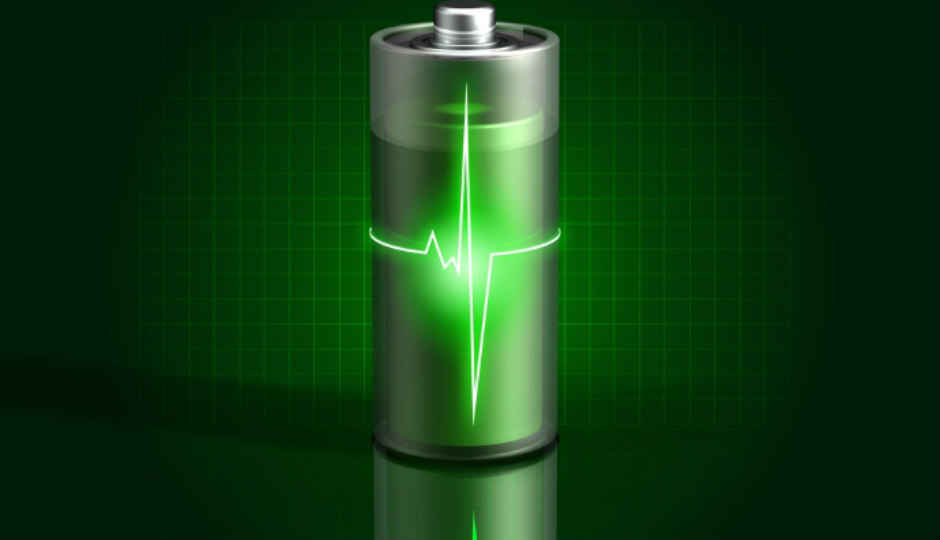Huawei’s lithium-ion battery charges to 50% in five minutes

The prototype battery uses the same lithium-ion chemistry as normal phone batteries, but uses atoms of graphite bonded to the anode for faster charging
Huawei has developed a prototype lithium-ion battery that can be recharged to almost 50% capacity in just five minutes. The battery uses the same chemistry used in normal cell phone batteries, but uses atoms of graphite bonded to the anode to gain an advantage. This lets the battery charge faster, but not at the expense of its usage life, or the amount of energy stored in the battery. The two prototype batteries were developed by Huawei research and development subsidiary, Watt Lab.
The first prototype battery has a capacity of 3000mAh and can be charged to 48% in five minutes. The second prototype has a capacity of 600mAh, but reaches 68% capacity in just two minutes. They also posted a video of the battery being charged. The video shows the battery being taken out of the phone and placed in the prototype charging unit. The charging unit is quite bulky and isn’t big enough to fit inside a phone just yet. Huawei didn’t say when the technology will make its way into the market.
Last week, researchers at the Vanderbilt University found a way to drastically increase the speed at which a battery charges by using quantum dots made of iron pyrite. Quantum dots are particles just a few tens of atoms wide. Researchers already knew that adding quantum dots to a battery will charge a smartphone battery in a few seconds, but the effect only lasts for a few cycles. By using iron pyrites, also known as fool’s gold, researchers and Vanderbilt University say that they have overcome the problem. The research team became interested in the material as it is one of the most abundant materials on earth’s surface. They say that iron pyrite has a unique way of changing into an iron and a lithium-sulphur compound to store energy. Assistant Professor of Mechanical Engineering, Cary Pint said, “The batteries of tomorrow that can charge in seconds and discharge in days will not just use nanotechnology, they will benefit from the development of new tools that will allow us to design nanostructures that can stand up to tens of thousands of cycles and possess energy storage capacities rivaling that of gasoline.”
Source: Computerworld, ChemEurope




